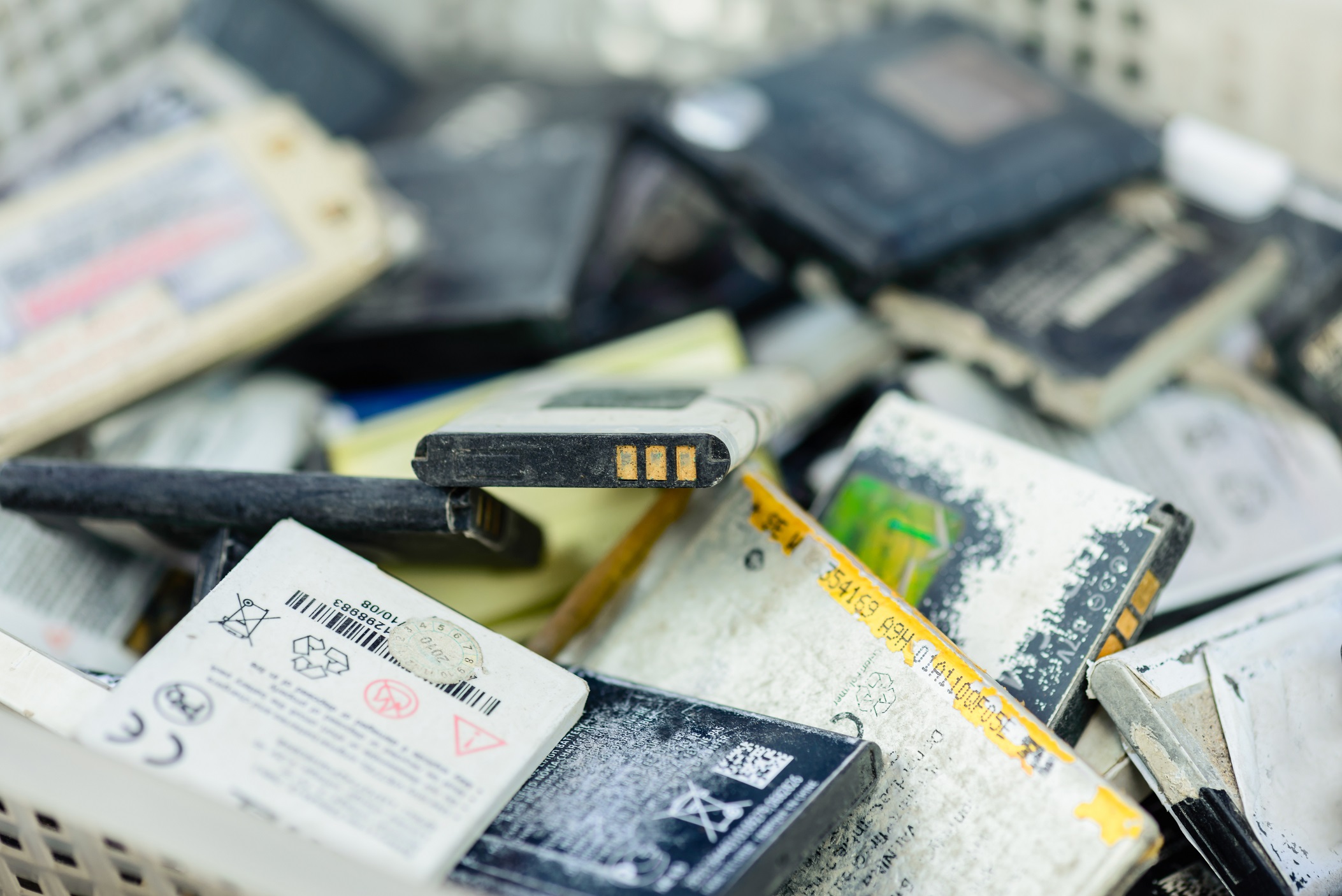As per the Regulation (EU) 2023/1542 on batteries and waste batteries, batteries in consumer electronics need to be readily removable, and EV batteries have to carry a carbon footprint label. It's probably these two measures that received most attention both in EU countries and worldwide. However, the regulation is much more than that, and above all, remarkably integrated. Also, the regulation is not based solely on environmental considerations, but to a large part intended to reduce Europe's dependance on raw materials from non-EU countries, or one resource in particular.
Although there are significant deposits of lithium to be found in EU countries including Germany and the Czech Republic, its extraction from these locations is problematic for a number of reasons. Meanwhile, the demand for lithium is growing by tens of percent year-on-year. EVs may be the future of road traffic, yet the volume of this precious metal being sourced per year is not enough to supply not even one percent of all the cars in the world.
Lithium is also needed in the chemical and pharmaceutical industries, as well as in metallurgy or mechanical engineering, but some 70 percent of the metal is being used for manufacturing batteries including those in consumer electronics. However, mostly due to the variability of battery designs, only 5 or 6 percent of Li-ion cells are recycled worldwide. Now, the EU requires to recover 50 percent of lithium used in batteries by the end of 2027, and even 80 percent in 2031. How they plan to achieve that goal remains to be seen.
Covering the whole cycle
In any case, the regulation covers the entire lifecycle and involves everyone in the process. Firstly, it imposes a total ban on landfilling waste batteries. All manufacturers, producers, importers, and distributors are obliged to collect them free of charge for end-users, regardless of the design, composition, condition, brand or origin of the battery in question. Specifically in case of portable batteries, this measure should contribute to reach a collection rate of 63 percent by the end of 2027 and 73 percent by the end of 2030.
In order to facilitate recycling or reuse, all batteries must be labeled with QR codes detailing their chemical composition, capacity, performance and expected lifetime. Automotive batteries, rechargeable industrial batteries with a capacity greater than 2 kWh, and so-called light means of transport (LMT) batteries are even required to have a passport” documenting their entire lifecycle.
In these cases, information such as whether the battery has been reconditioned or is being reused will be provided by recyclers, who will also be required to report annually on the quantity of batteries they handled and measure the efficiency of their recycling processes. Speaking of recycling, parts of the regulation go into such a detail as requiring the battery management system (BMS) of EV batteries to include a reset function, in case operators at the recycling facility need to upload different BMS software.
Once the raw materials are retrieved, they need to find their way back into batteries. The regulation thus sets out minimum levels of recycled material in newly manufactured industrial, EV and starting, lighting and ignition batteries (SLI) – 6 percent for lithium and nickel, 16 percent for cobalt and 85 percent for the highly toxic lead. Of course, those types of batteries will have to specify the share of recycled content in their passports.”
The regulation entered into force on August 17, 2023, and unless specified otherwise, the provisions will apply from February 18, 2024. Its broad scope and integration of individual elements, not to mention the ambitious recycling goals, surpass comparable regimes across the world, becoming a global benchmark not just in terms of battery sustainability, safety and end-of life management. It is also an important step towards a circular, low-carbon economy. At GAZ as a battery manufacturer, we welcome the new regulatory framework for these reasons, but also since we already comply with the regulation relevant to Ni-Cd technology.
Read more about battery recycling and challenges associated with it in the articles linked in the upper right corner of the page.






